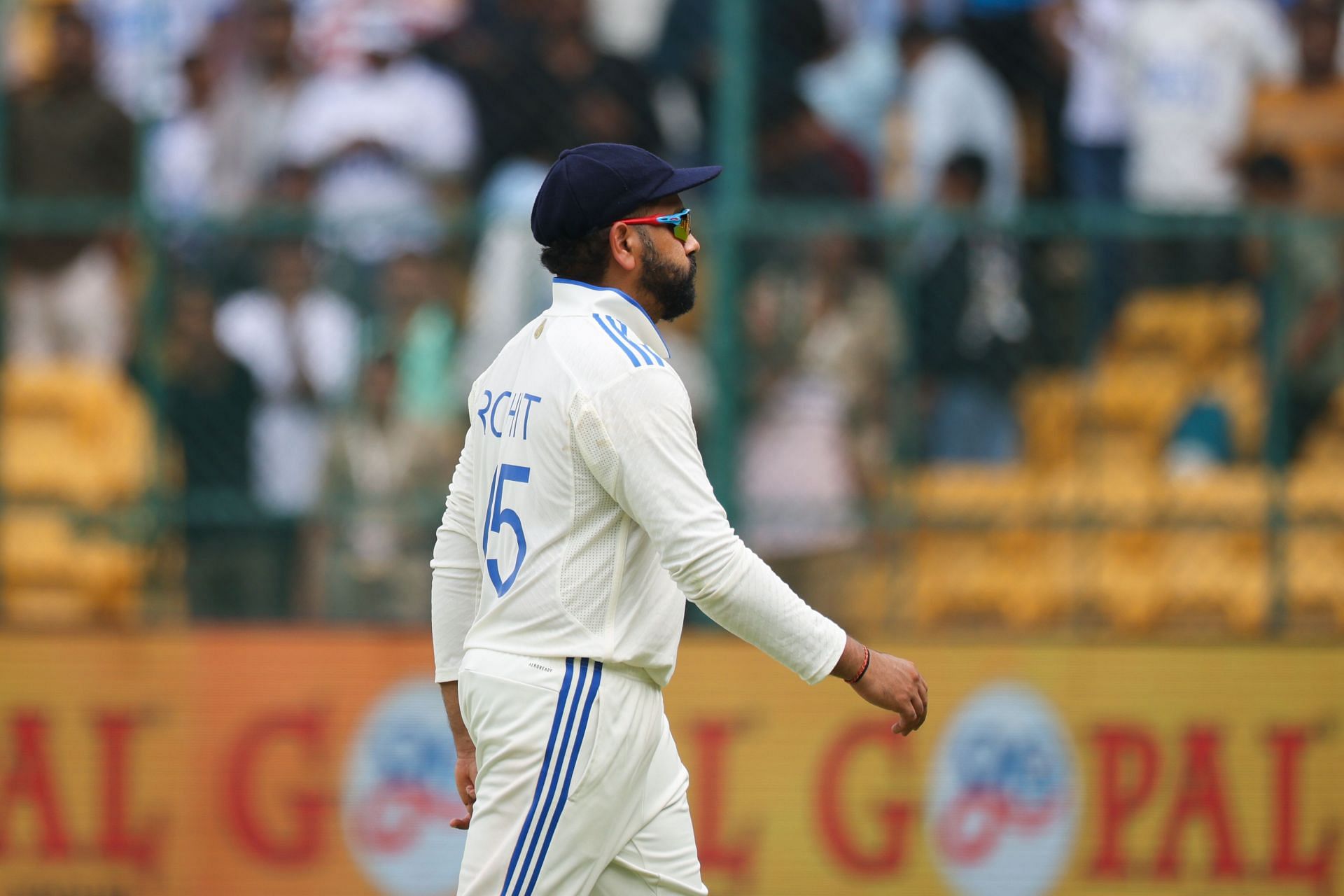
Rohit Sharma's 3 poor captaincy decisions that affected India in 2nd IND vs NZ Test 2024
India’s remarkable 12-year undefeated streak in home Test series came to an end with New Zealand defeating them by 113 runs in the second Test of the series in Pune. For nearly 4,331 days, India maintained dominance on home turf, winning 18 consecutive Test series since March 2013.
However, New Zealand’s disciplined gameplay and strategic approach clinched the series, sparking a debate around Rohit Sharma’s captaincy decisions and tactical errors that might have cost India this crucial match.
Experts, commentators and former players like Ravi Shastri have all raised questions about Rohit's choices, pointing out moments where more assertive tactics could have shifted momentum in India’s favor.
On that note, let us take a look at three of Rohit Sharma's captaincy decisions that affected India in the second Test against New Zealand.
Rohit Sharma's 3 poor captaincy decisions that affected India in 2nd IND vs NZ Test 2024
#3 Delay in introducing Ravichandran Ashwin
Rohit Sharma’s decision to delay bringing in India’s most seasoned spinner, Ravichandran Ashwin, became a focal point of criticism. Although the pitch was showing early signs of turn, Rohit initially relied on pacers and other spinners, holding Ashwin back.
Known for his effectiveness on spin-friendly tracks, Ashwin’s experience and skill could have put New Zealand’s batters under pressure from the outset. When he finally came on, Ashwin almost immediately started to trouble the New Zealand batters, creating a few near-dismissals that hinted at what might have been if he had been introduced earlier.
This delay allowed the batters to settle in and play confidently, rotating the strike with ease. With Ashwin’s later introduction, the chance to build early pressure on New Zealand slipped away, which might have otherwise contained their scoring and unsettled their rhythm. Former Indian head coach Ravi Shastri and other commentators highlighted that bringing Ashwin on earlier could have been crucial.
#2 Misuse of Jasprit Bumrah
India’s spearhead pacer, Jasprit Bumrah, was another asset that Rohit Sharma could have better utilized. In the first innings, Rohit chose to hold Bumrah back for the second new ball, a strategy that may have been a missed opportunity to attack New Zealand’s batters from the start.
With the visitors gaining a significant lead, early breakthroughs in the second innings were crucial for India to regain control, yet Bumrah only bowled six overs in the second innings, which limited his impact.
Rohit did not start the second innings with Bumrah, which is also a mistake. Had Bumrah been brought into the attack right at the start, the hosts could have attacked the opposition batters and put pressure on them.
#1 Conservative field placements
Another key area where Rohit’s tactics were called into question was his defensive field placements, which commentators criticized as overly conservative for crucial periods of the game.
Right from the early overs, India’s fielders were positioned far back, giving New Zealand ample opportunity to pick singles and rotate the strike without taking undue risks. Latham and Conway, who started New Zealand’s innings, were able to establish a solid partnership, scoring at ease.
Rohit’s field adjustments only heightened the criticism. Instead of tightening the field to apply pressure, he moved fielders out to the boundary, allowing New Zealand batters to settle into their innings. Rohit was the only player positioned in the slip cordon, an indication of the defensive stance even when the conditions were turning in favor of spin. This strategy of minimizing close-in fielders in pivotal moments allowed New Zealand to comfortably build their innings, a factor that played into their ability to control the game.